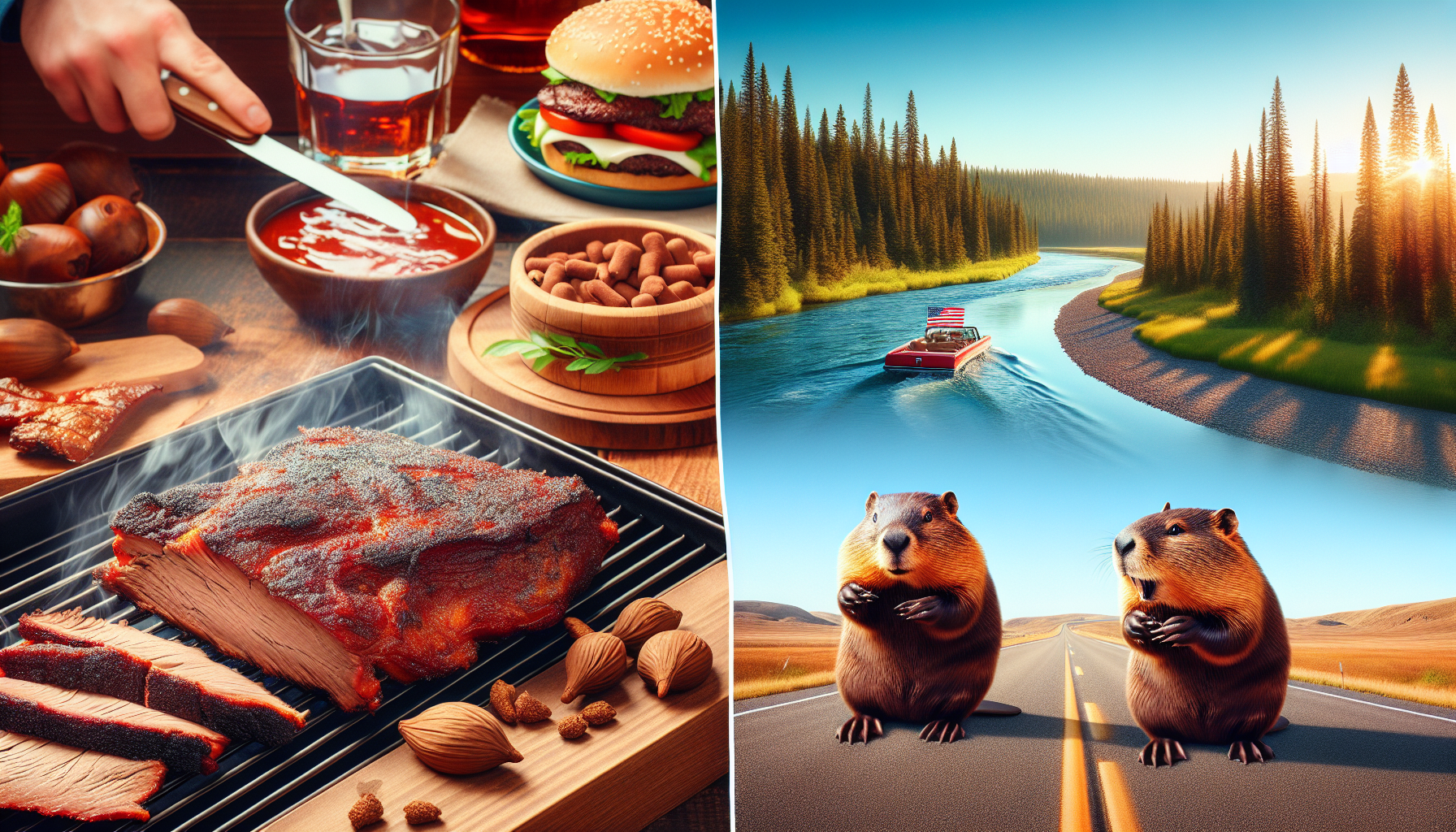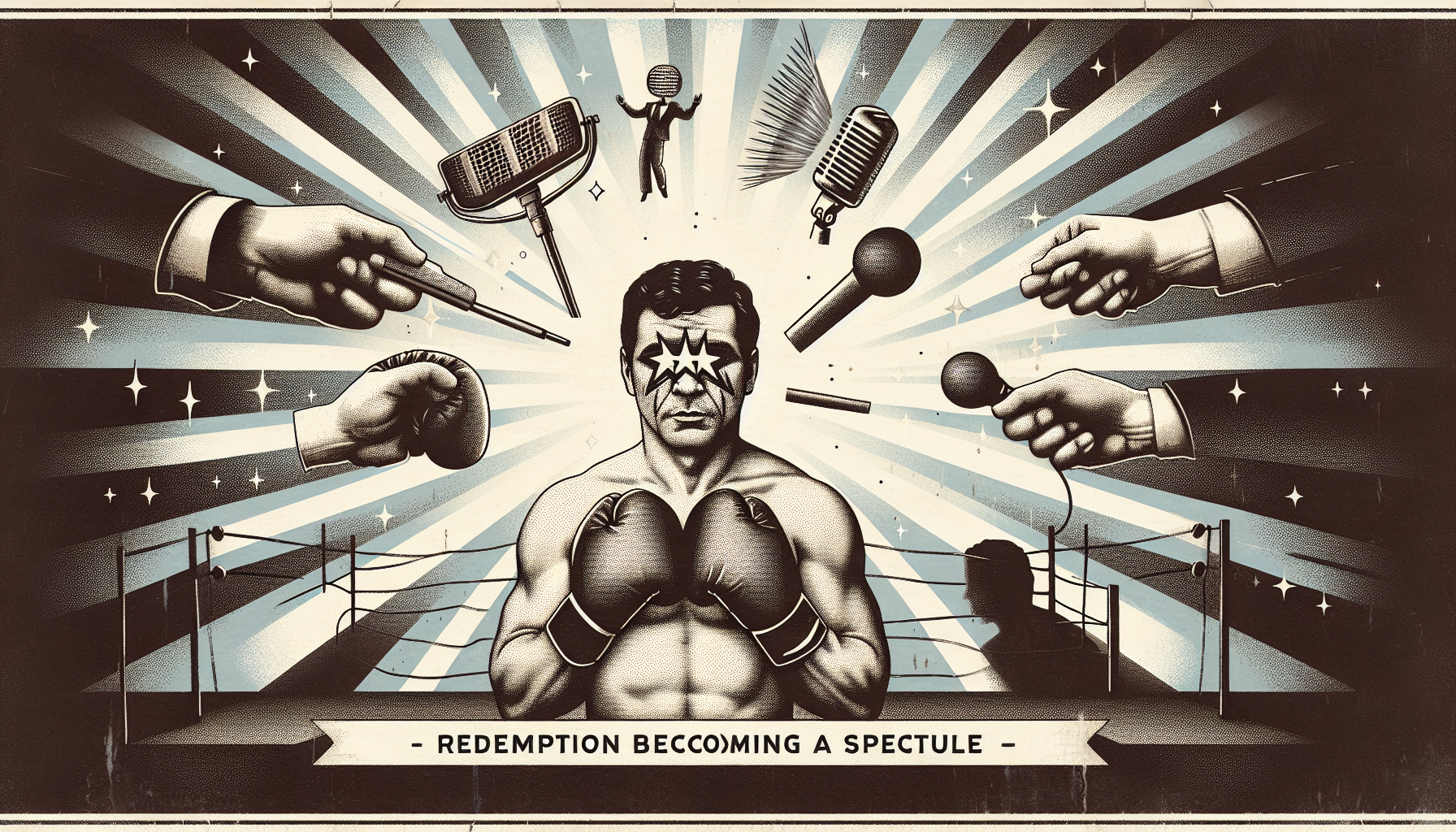Title: Pumps, Brisket, and the American Dream: What Buc-ee’s in Florida Really Tells Us
Dear readers,
At the unlikely crossroads of brisket sandwiches and urban sprawl sits Buc-ee’s—a beaver-branded, brisket-scented behemoth of a gas station that has quietly, then loudly, reshaped what it means to stop for gas in America. And now, Buck-ee’s is moving in again—this time to St. Lucie County, Florida. A new location has cleared another regulatory hurdle, aiming to open its doors sometime in 2026.
But let’s not pretend this is just another gas station. Let’s pull over for a minute and ask: What does the rise of Buc-ee’s tell us about the culture that birthed it?
From Pit Stop to Pilgrimage
In some parts of the country—especially Texas, where Buc-ee’s began in 1982—stopping at Buc-ee’s isn’t merely a detour. It’s a ritual. A shrine-stop for weary travelers. A pilgrimage for lovers of beef jerky, fudge, ‘cleanest bathrooms in America,’ and neon-splattered T-shirts vaguely referencing beavers doing pseudo-Texan things.
Now, as Florida braces for its next Buc-ee’s invasion—after St. Augustine, Daytona Beach, and possibly Ocala and Tallahassee—you have to wonder: Why do we keep building these roadside palaces of excess?
The answer may lie not in the merchandise, but in the American psyche.
Building Big as a Statement
The upcoming St. Lucie location isn't just big. It's 76,245 square feet of retail gigantism. It will offer 120 fuel pumps, 778 parking spots—including 10 for buses and 18 for EVs—and enough brisket to supply a minor sports league. But this is more than square footage; it's spectacle. It’s a commercial ode to largeness that promises speed, space, comfort, and convenience all at once. In other words, it's America’s dreamscape under fluorescent lighting.
We’ve seen echoes of this before.
Remember when Walmart Supercenters expanded into suburban Americana in the 1990s? Towns once skeptical of chain stores suddenly bowed to rollback pricing and endless aisle space. Buc-ee's is tapping into that same craving for scale—but rebranded with nostalgia, novelty, and BBQ.
Why It Works: The Myth of the Middle of Nowhere
Buc-ee’s doesn't open in crowded urban centers. It thrives off interstates, near otherwise-meaningless exits, turning “the middle of nowhere” into The Spot. The upcoming store off I-95 and Indrio Road in St. Lucie County isn't just strategic—it’s symbolic. It’s a transformation of empty asphalt into commerce, community, and the first "real stop" south of Indian River County.
There’s almost a pioneer spirit to it.
But with every frontier, there are trade-offs.
Bigness Isn’t Always Beautiful
Let’s be real. 778 parking spaces mean 778 cars. And as St. Lucie County eyes development of an additional 2,500 homes and nearly one million square feet of commercial property nearby, it raises the question—who’s this really for?
Residents may welcome jobs and economic activity, but they’ll also inherit noise, increased traffic, and a certain flattening of local character. Because with every Buc-ee’s comes a bit less room for mom-and-pop gas stations or family-owned convenience stores. The same ones that used to define American roadside culture before it went mega, branded, and algorithm-optimized.
We’ve Been Here Before
There’s a cyclical pattern to this sort of expansion. Fast-food chains did it. Starbucks did it. Amazon’s warehouses are doing it now. But Buc-ee’s feels… different. Maybe because it doesn’t sell itself as fast or digital or even particularly modern. It sells itself as fun. A throwback. The anti-chain chain.
It’s a roadside Disneyland where the mascots don’t age, the brisket is always hot, and the bathrooms are cleaner than your therapist’s office. For many, that’s worth the detour, worth the spectacle, worth the gas money.
For now.
The Bigger Picture, Pumped Full
Buc-ee’s offers something we rarely get in modern capitalism: a sense of place. It doesn’t sit quietly behind a Shell logo or a BP convenience store. It shouts. It wears Hawaiian shirts. It offers fudge and souvenir mugs and unexpectedly delightful regional pride.
But in an era of rising economic disparity, burned-out service workers, and climate anxiety, it's worth asking: At what point does consumer paradise become a distraction from consumer responsibility?
Because Buc-ee’s feels like a celebration—but it’s also a symptom. A culture so hungry for warmth and novelty that we’ll drive out of our way just to feel something different, even if it’s through retail therapy between gas pumps and meat smokers.
Until next time, keep your eyes open at the pump, your wallets loosely zipped, and your expectations appropriately oversized. Buc-ee’s may be coming to a town near you—and its arrival carries more than the scent of brisket. It carries a mirror.
Yours in fried pecans and philosophical pit stops,
A Watcher of Gas, Gloss, and Growth

